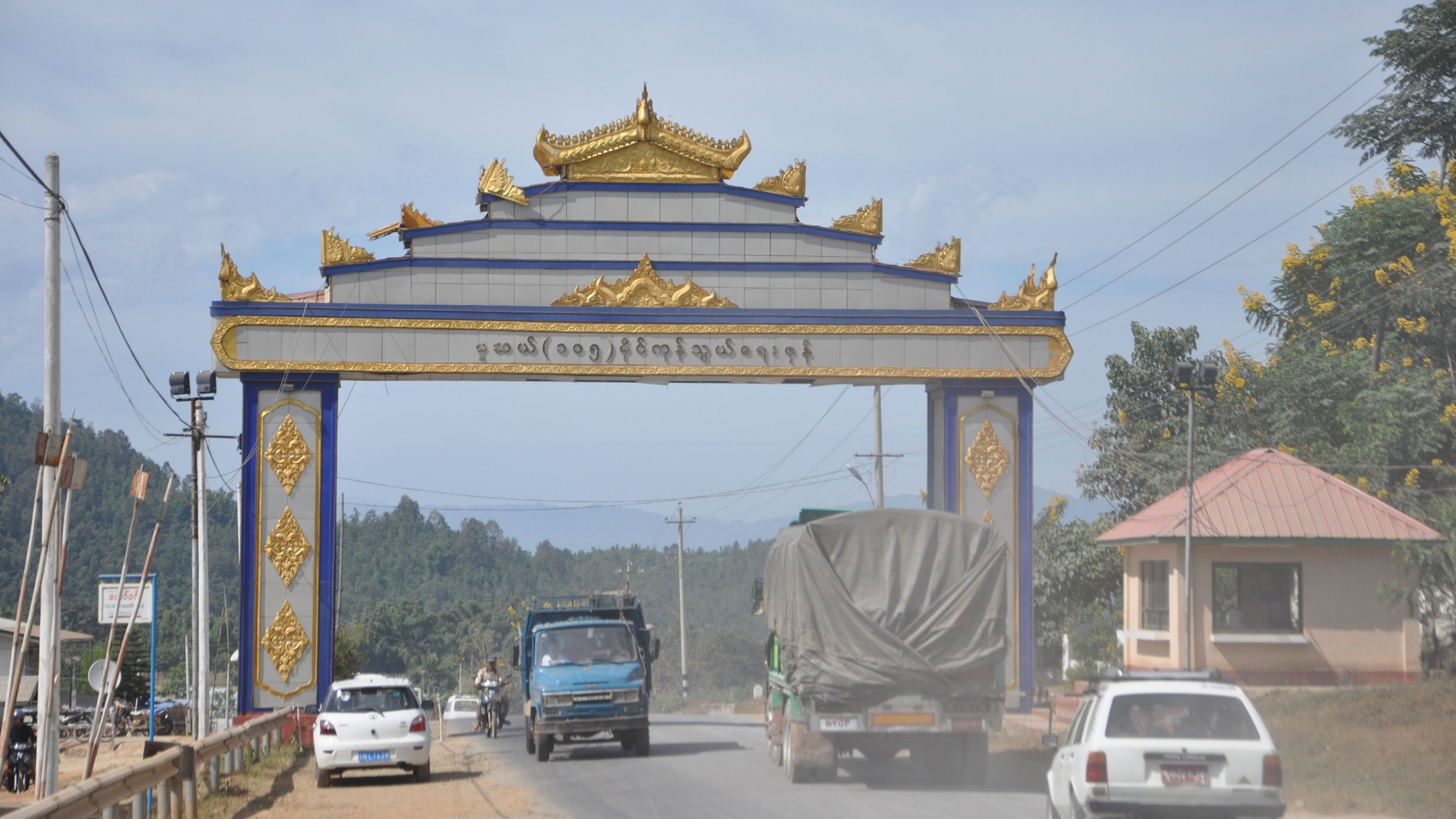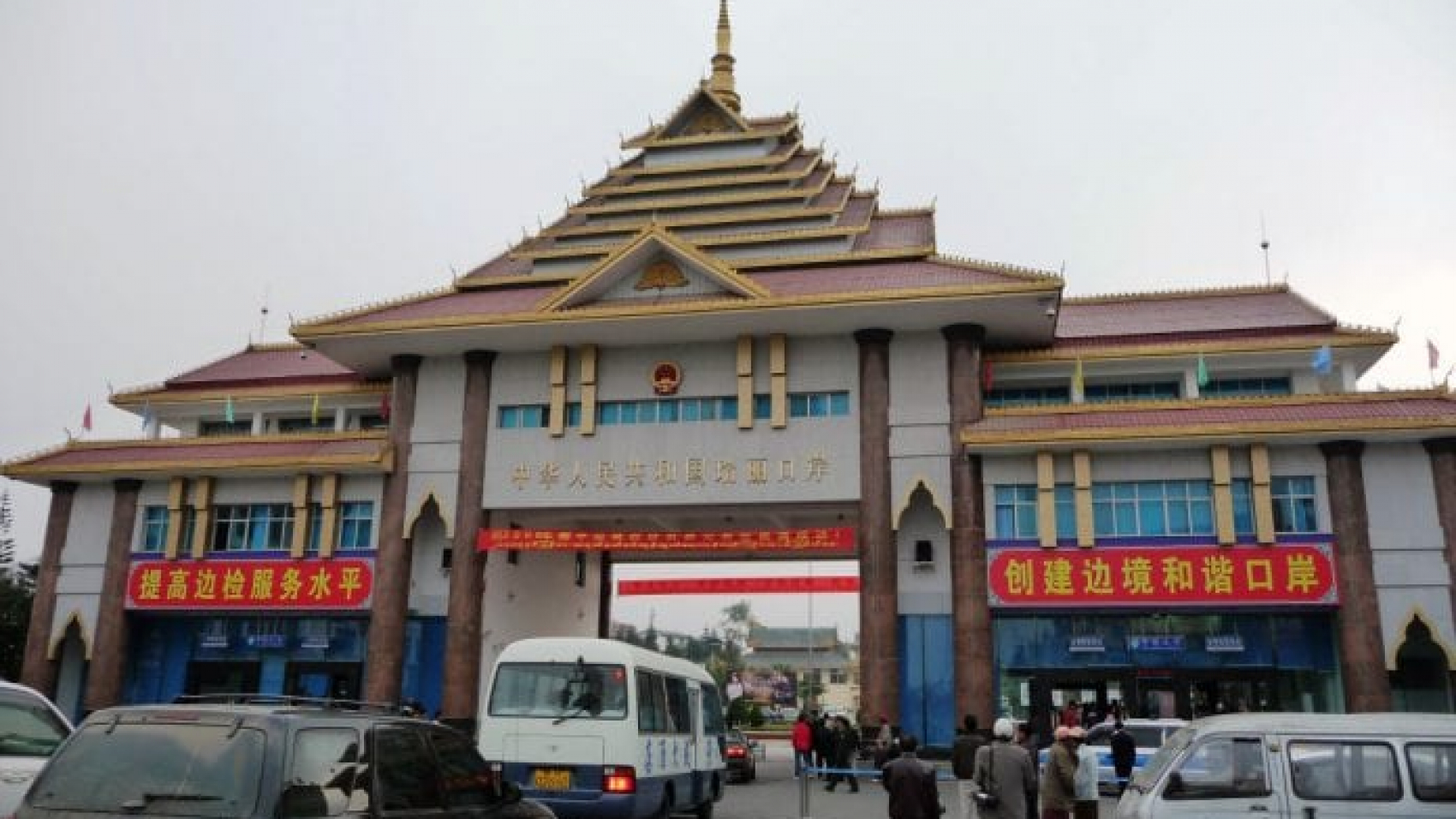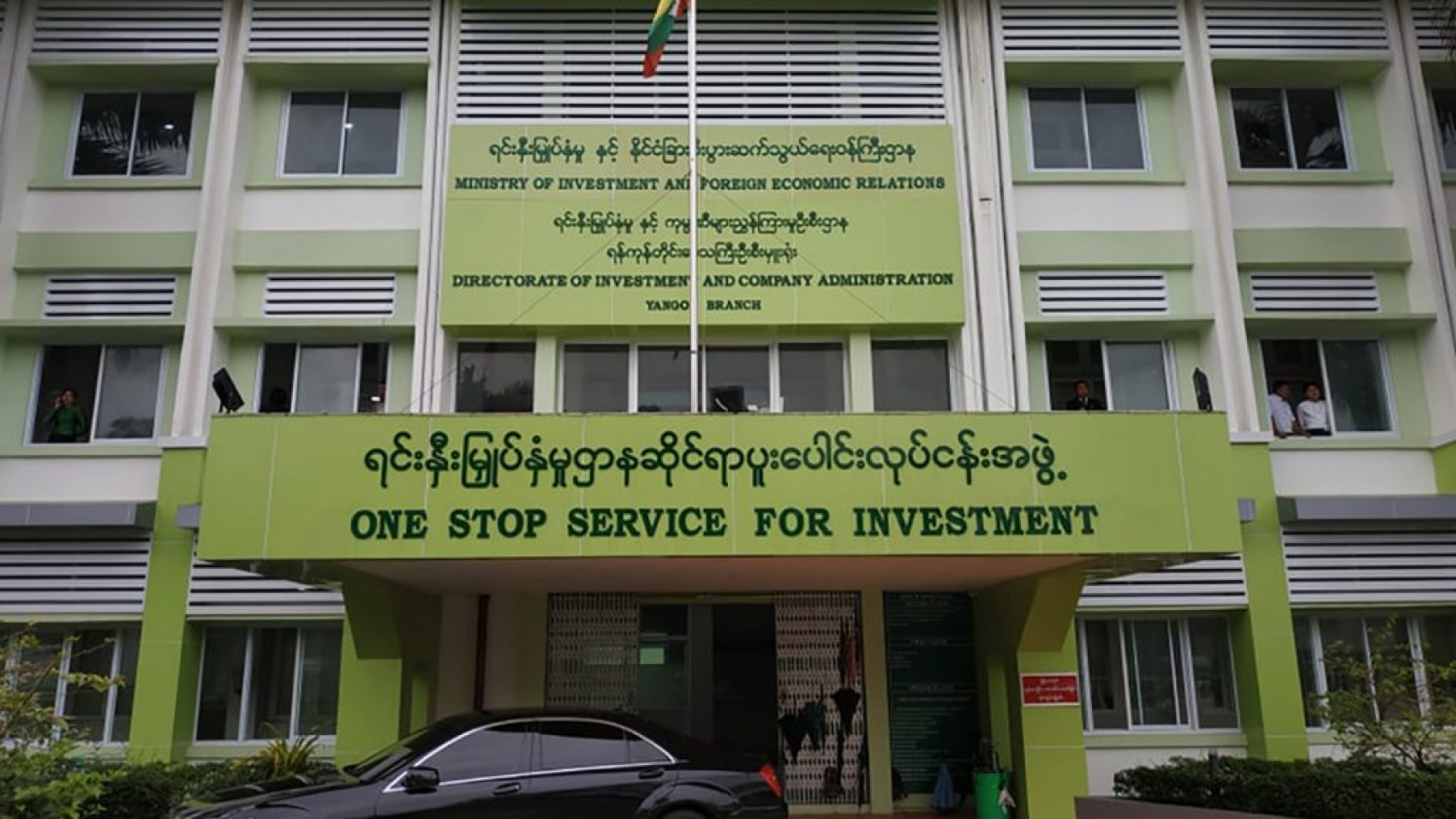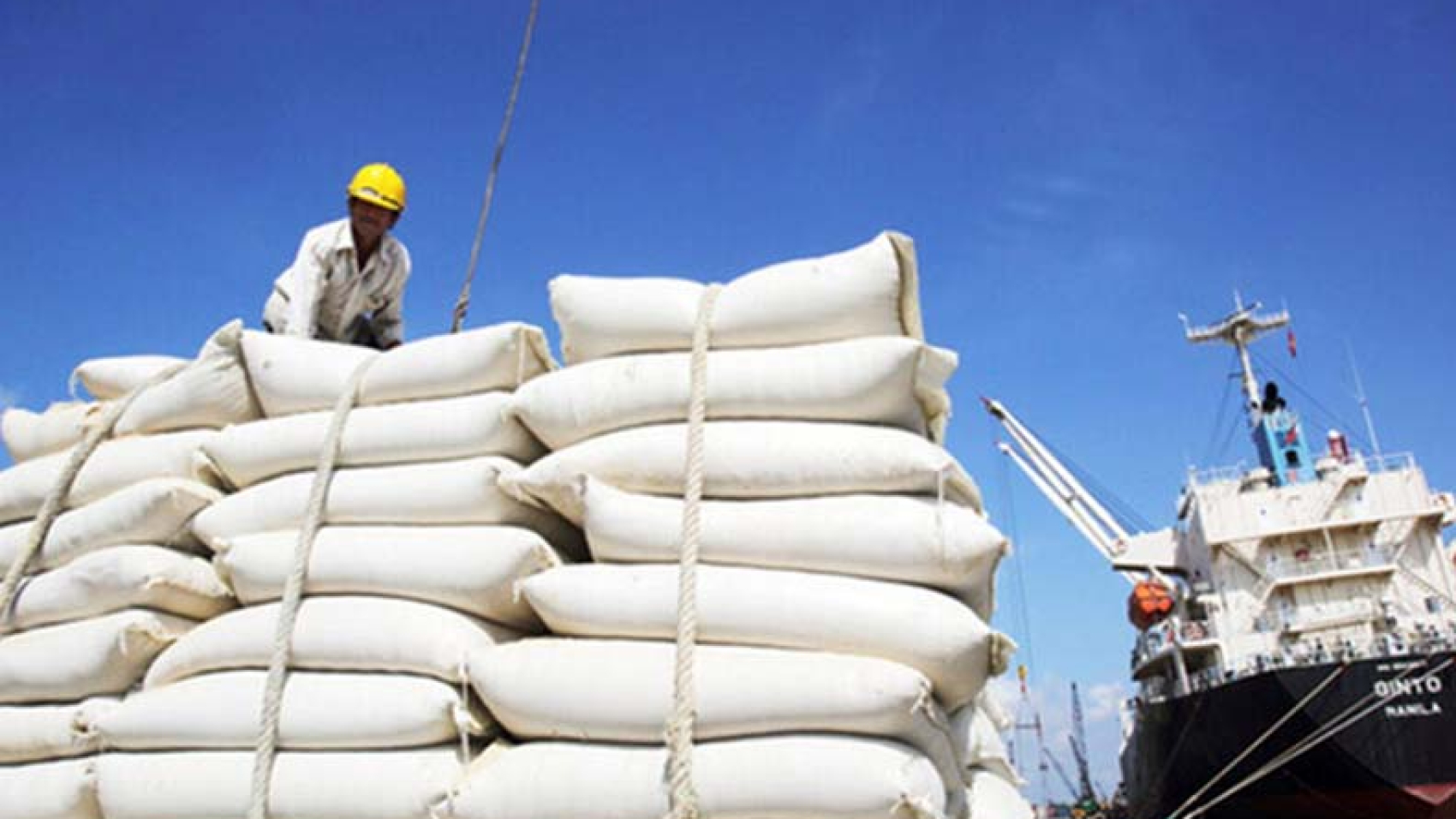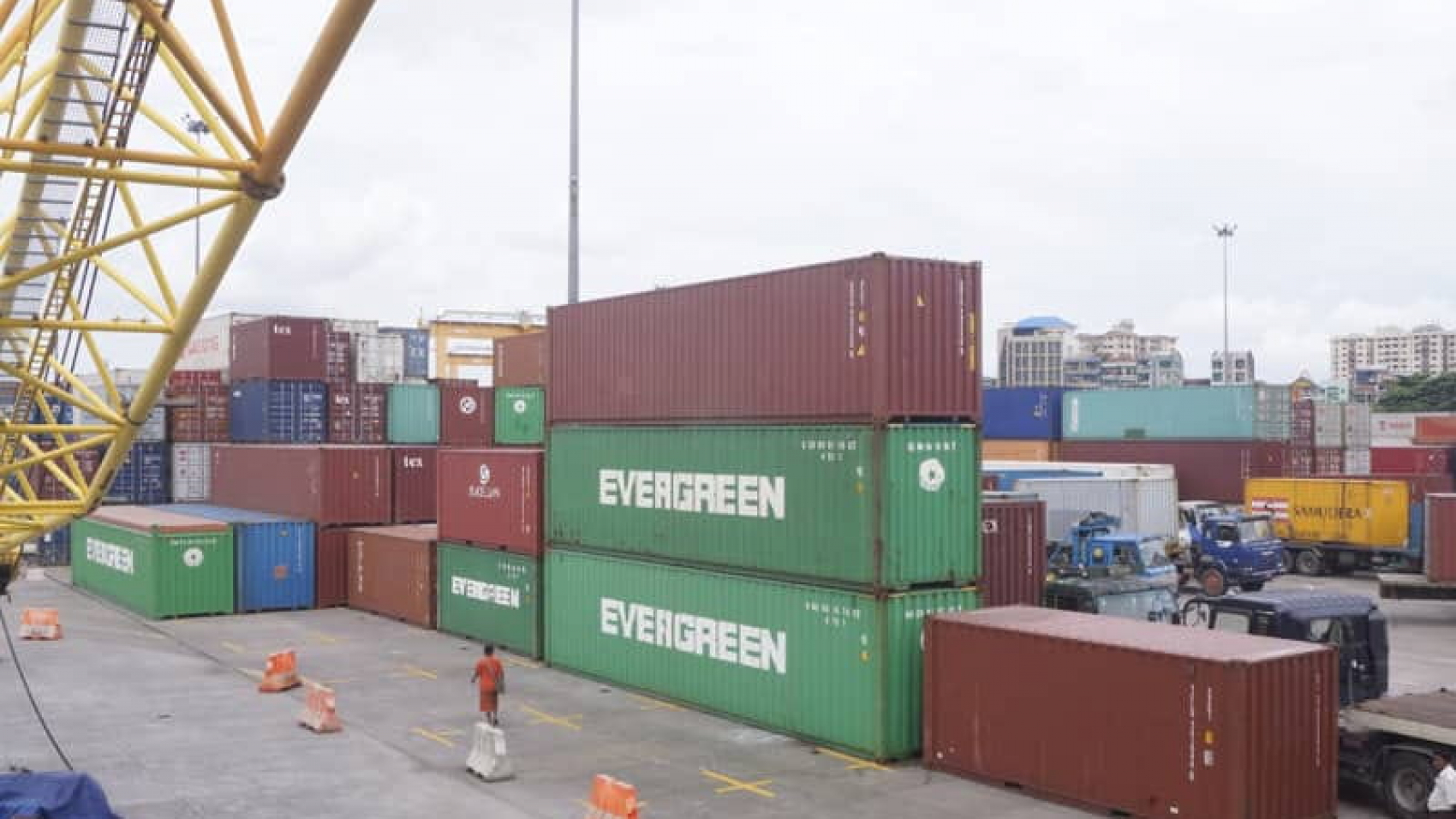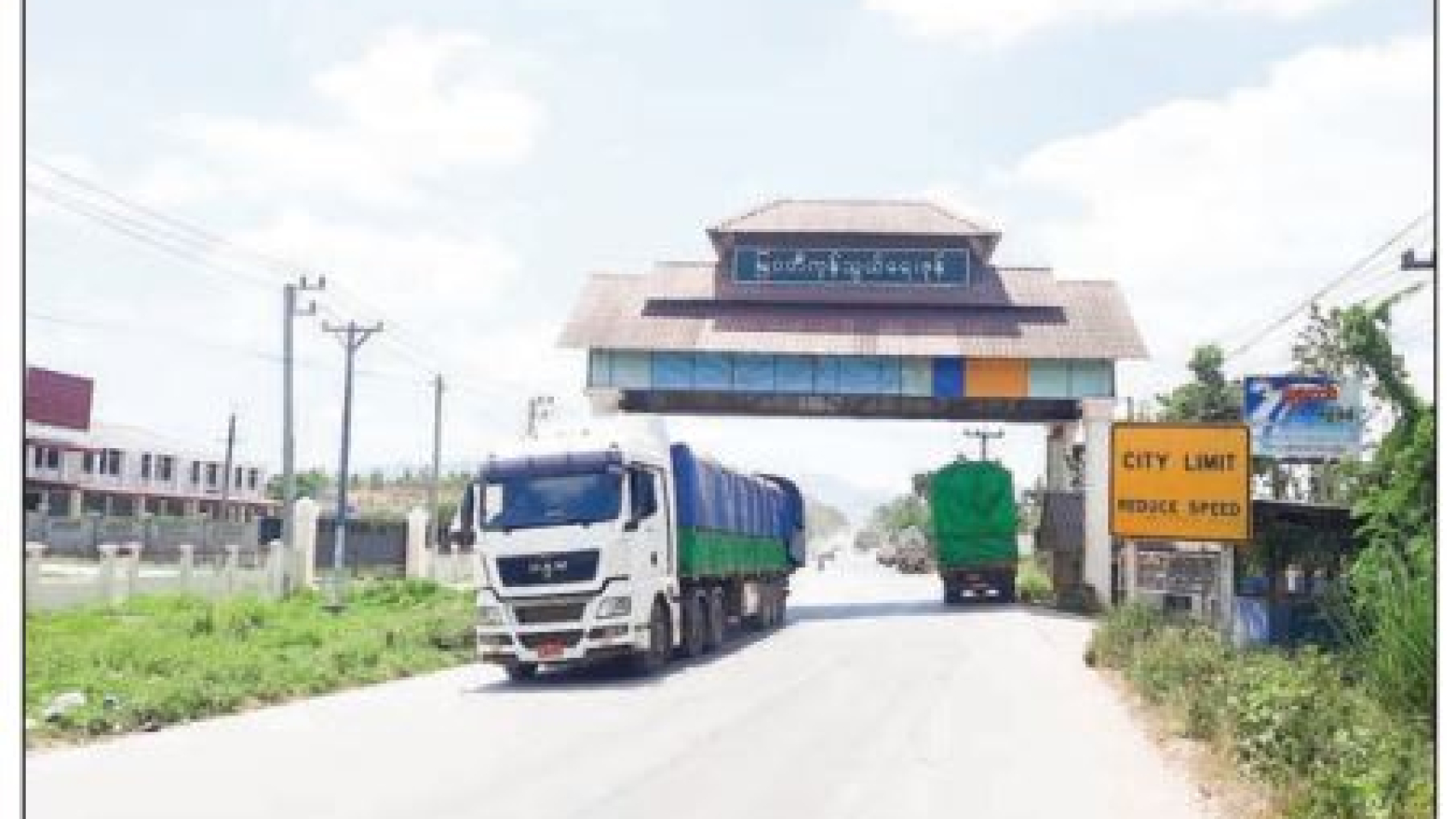A total of 41 foreign enterprises pumped US$187.426 million into Myanmar’s manufacturing sector in the past eight months (April-November) of the current financial year 2022-2023, including capital expansion by the existing enterprises, as per the statistics released by the Directorate of Investment and Company Administration (DICA). Myanmar attracted foreign direct investments of $1.459 billion from 58 enterprises during the April-November period. The majority of the investments were brought into the manufacturing sector. The agriculture sector drew $3.5 million from two projects.
The power sector received $817 million from 10 projects, while one enterprise put $29 million in the real estate sector and two other foreign enterprises made an investment of $413.068 million in the service sector respectively. The hotels and tourism sector attracted less than 1 million. The mining sector received $7 million from one project, while one enterprise also put investments of less than a million into the hotels and tourism sector and some capital expansion of the existing businesses is also seen.
Additionally, the livestock and fisheries sector saw a capital expansion of $1.545 million. The manufacturing enterprises and businesses that need a large labour force are prioritized to create job opportunities for the local community, according to Myanmar Investment Commission. Although some labour-intensive enterprises faced financial hardship amid the COVID-19 negative impacts and the political changes, the industry is now returning to normal after the COVID-19 vaccination programme for the workers, as per the HIS Markit’s September report.
In a bid to boost factory productivity with a healthy workforce in the garment industry, Mobile Medical Check to garment workers took place in Yangon and Nay Pyi Taw, supported by UNICEF Myanmar. Moreover, Myanmar Garment Manufacturers Association has organized Labour Law Awareness and WCC Training since July 2022, with the support of UNICEF Myanmar. It aims to provide the soft skills needed for industrial development and create a better workplace for garment workers. Additionally, the association launched a voluntary labour compliance assessment-VLCA Online System on 10 November 2022.
Myanmar’s manufacturing sector is largely concentrated in garment and textiles produced on the Cutting, Making, and Packaging basis, and it contributes to the country’s GDP to a certain extent. There are active 541 factories operated under MGMA. The majority of them are from China, followed by Myanmar and the Republic of Korea. Myanmar has drawn foreign direct investment of more than $647.127 million from 49 enterprises in the past mini-budget period (October 2021-March 2022). Of them, 40 foreign enterprises put investments in the manufacturing sector, pumping an estimated capital of $202.667 million.
Source: The Global New Light of Myanmar

